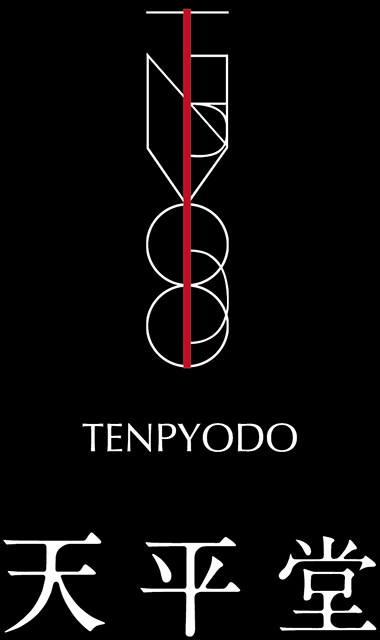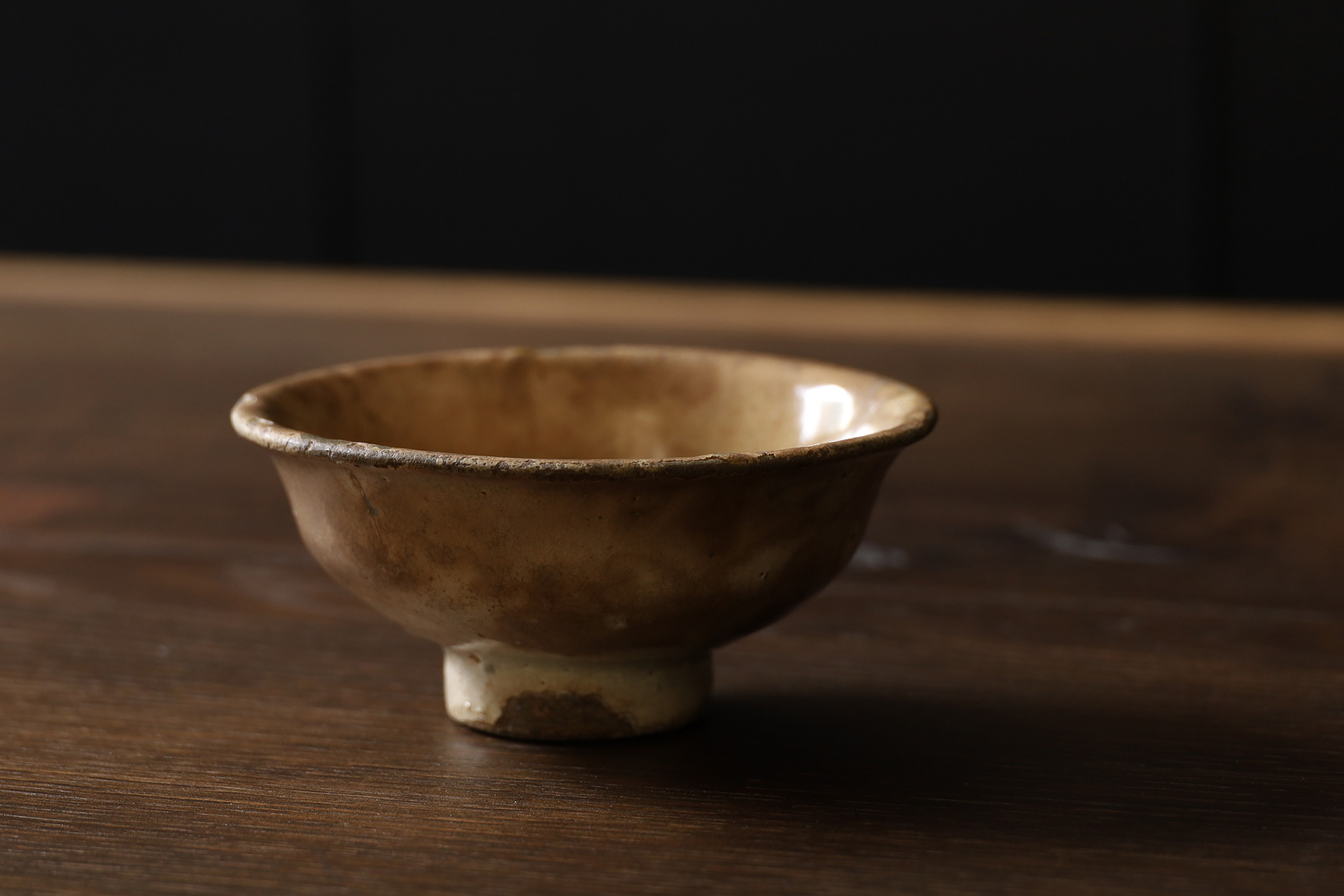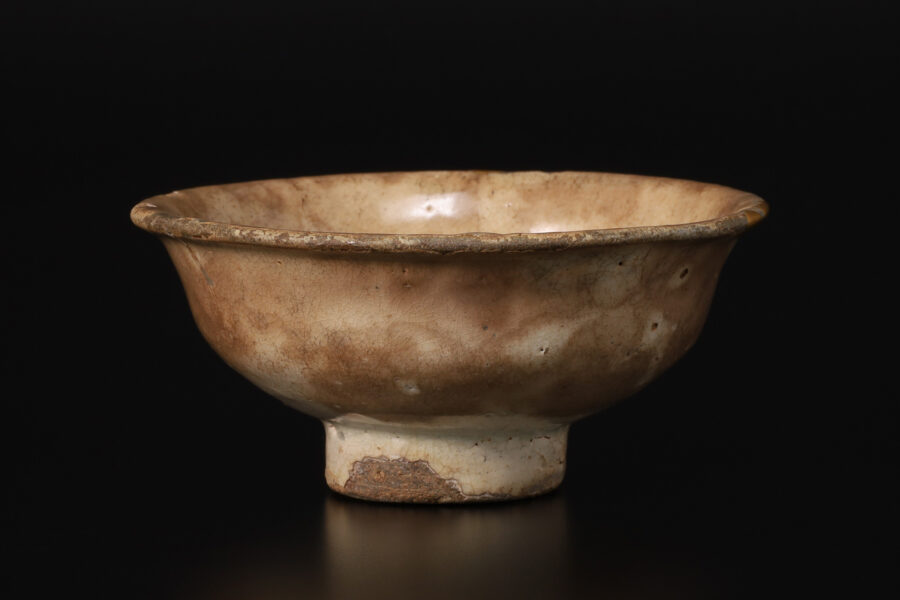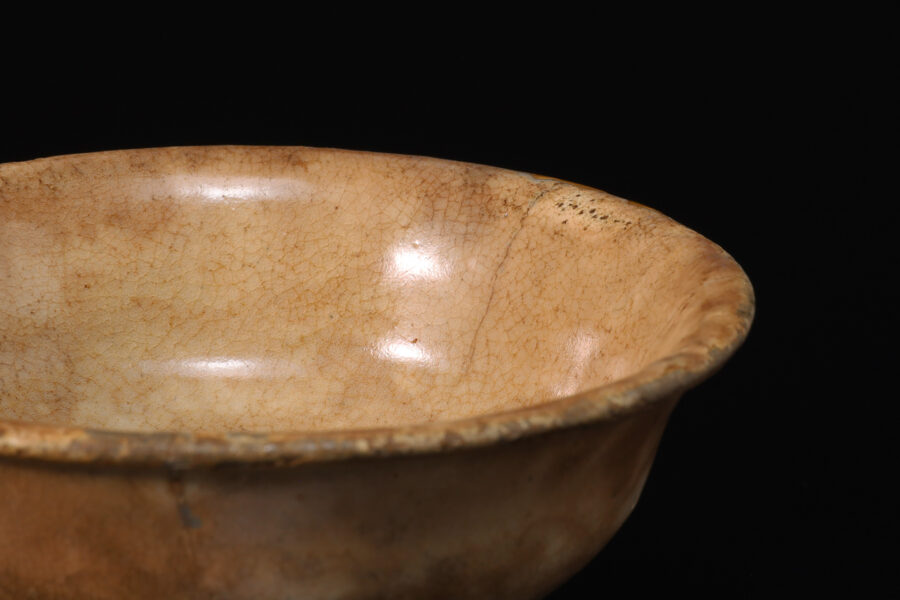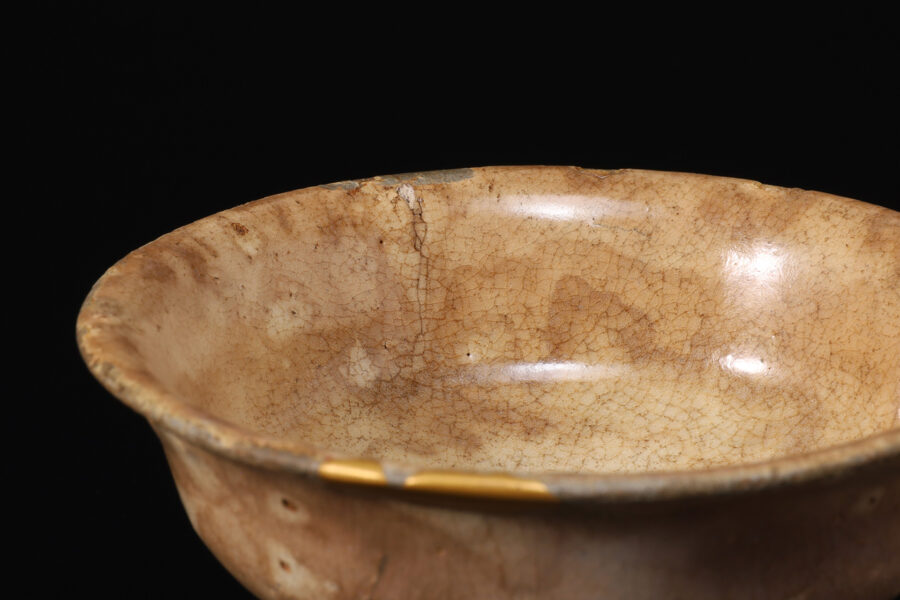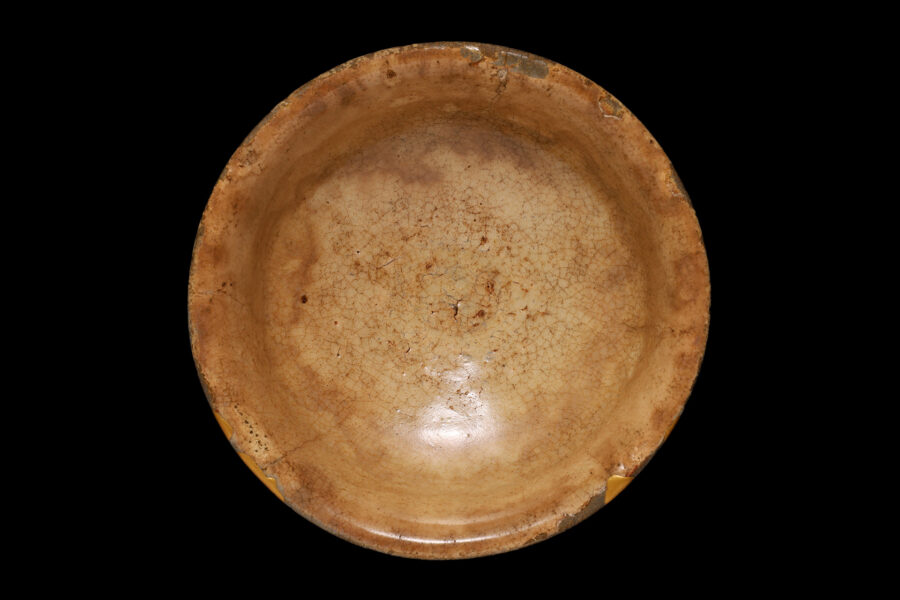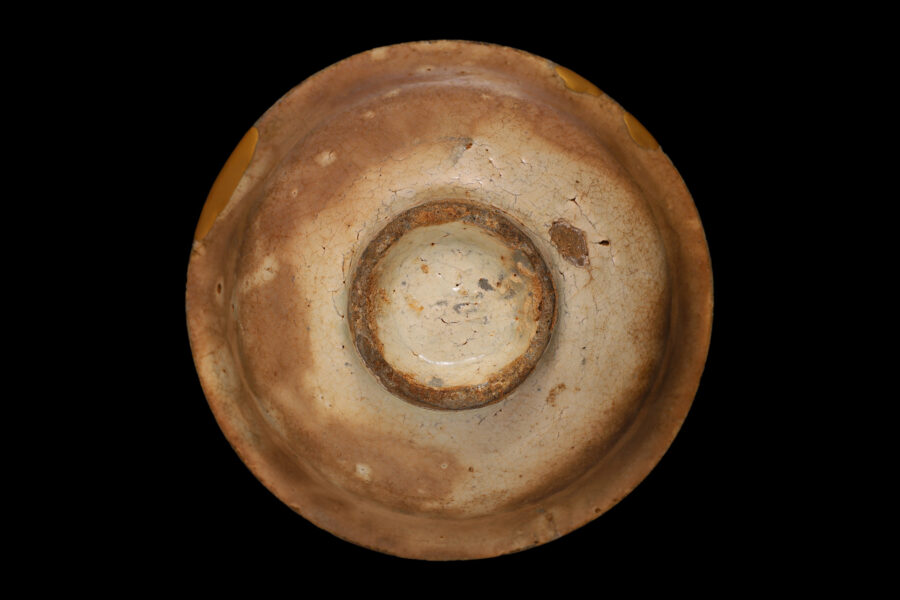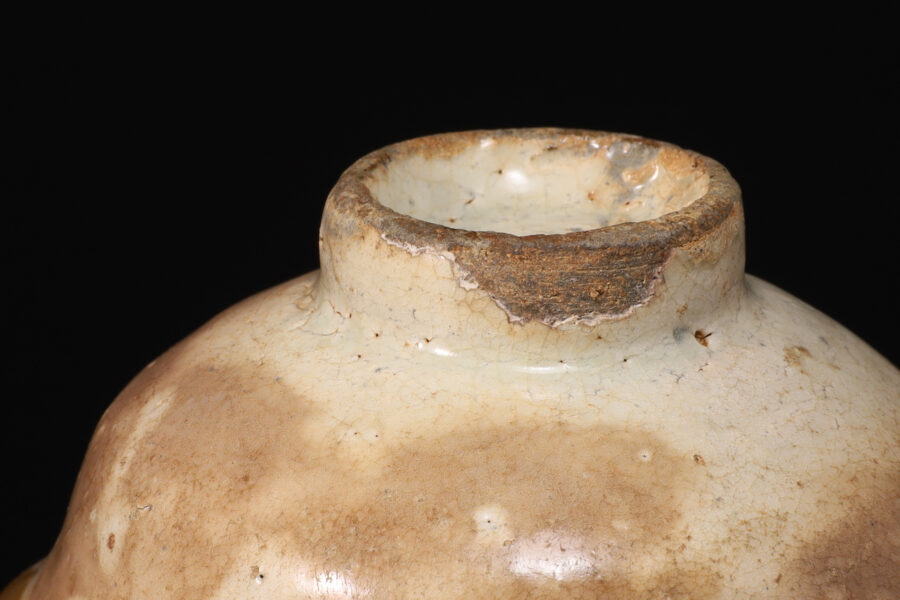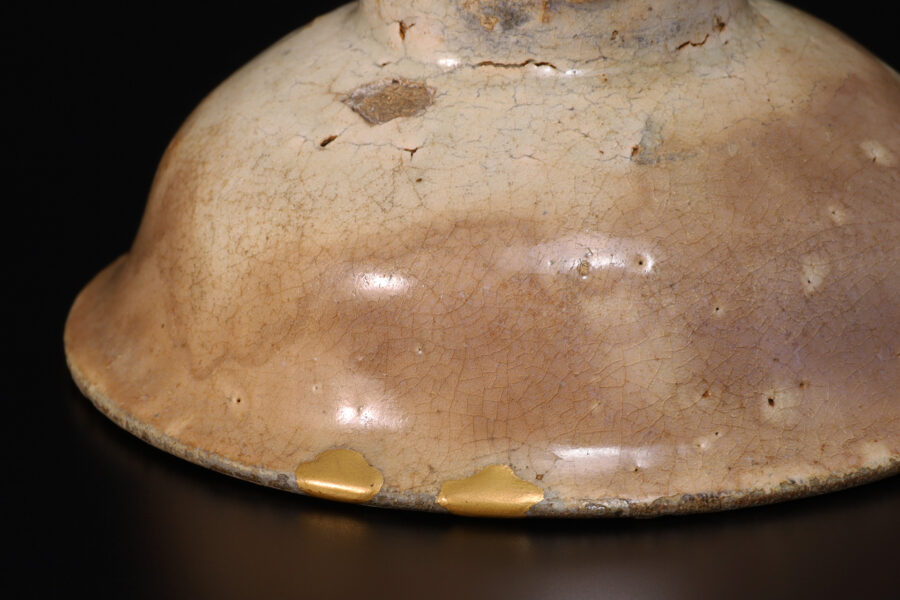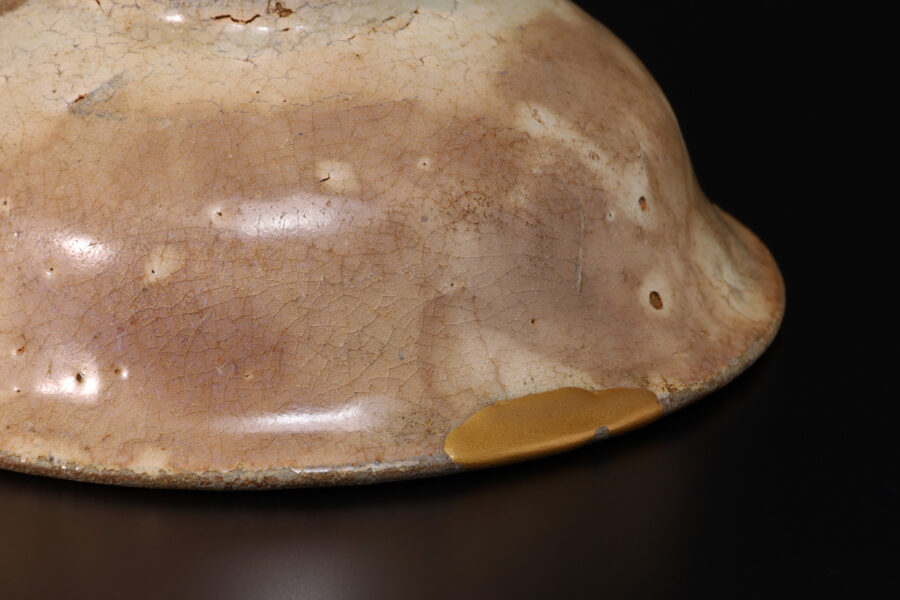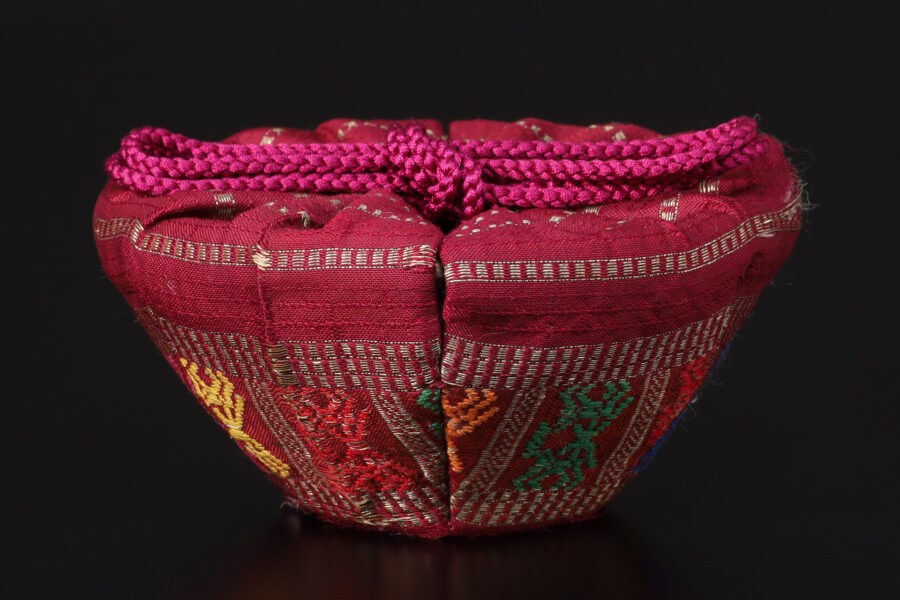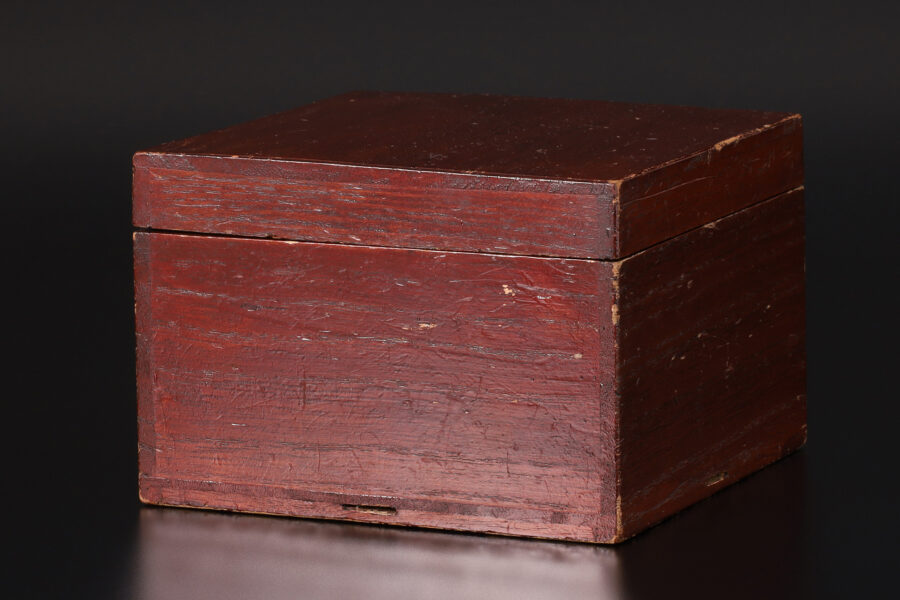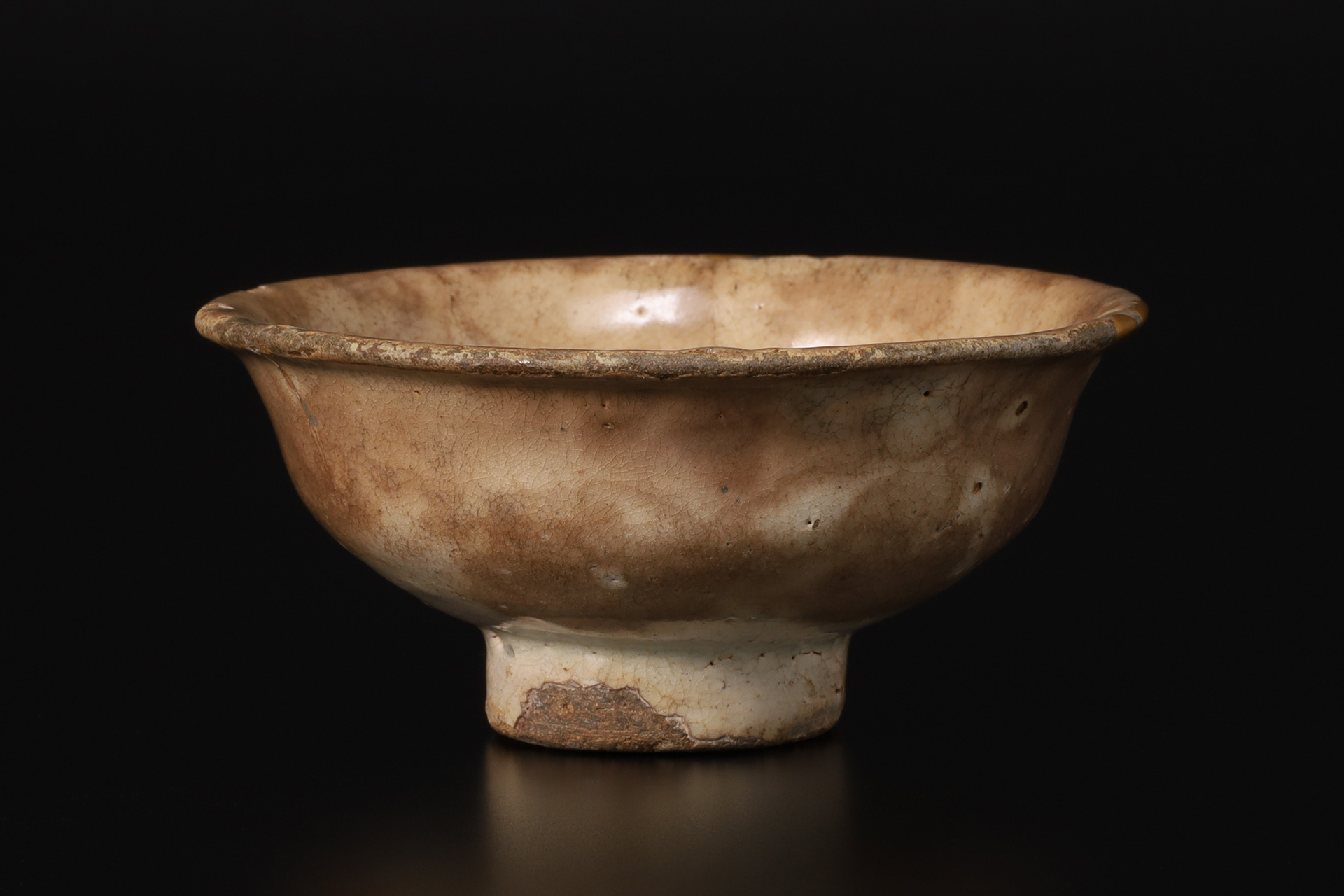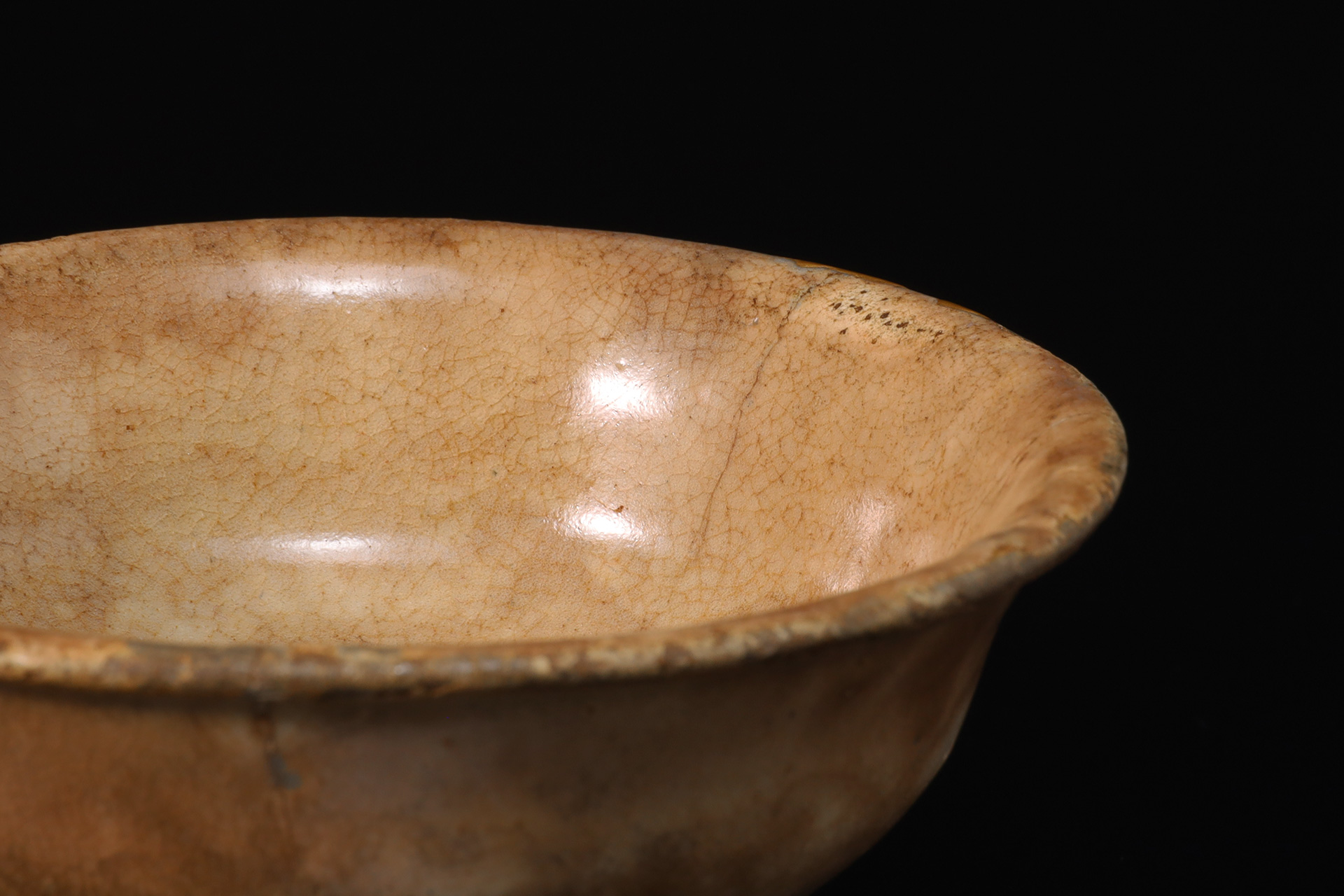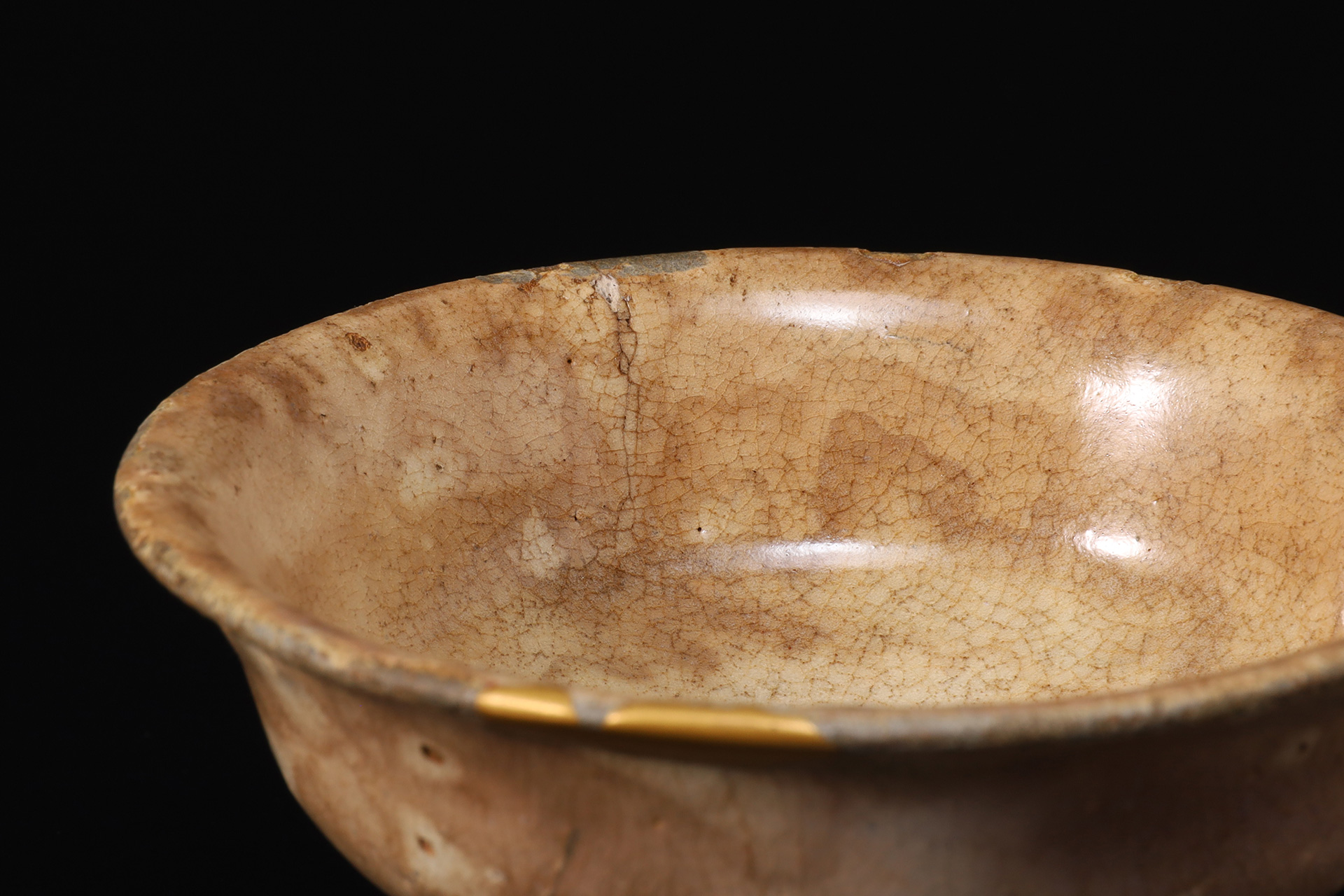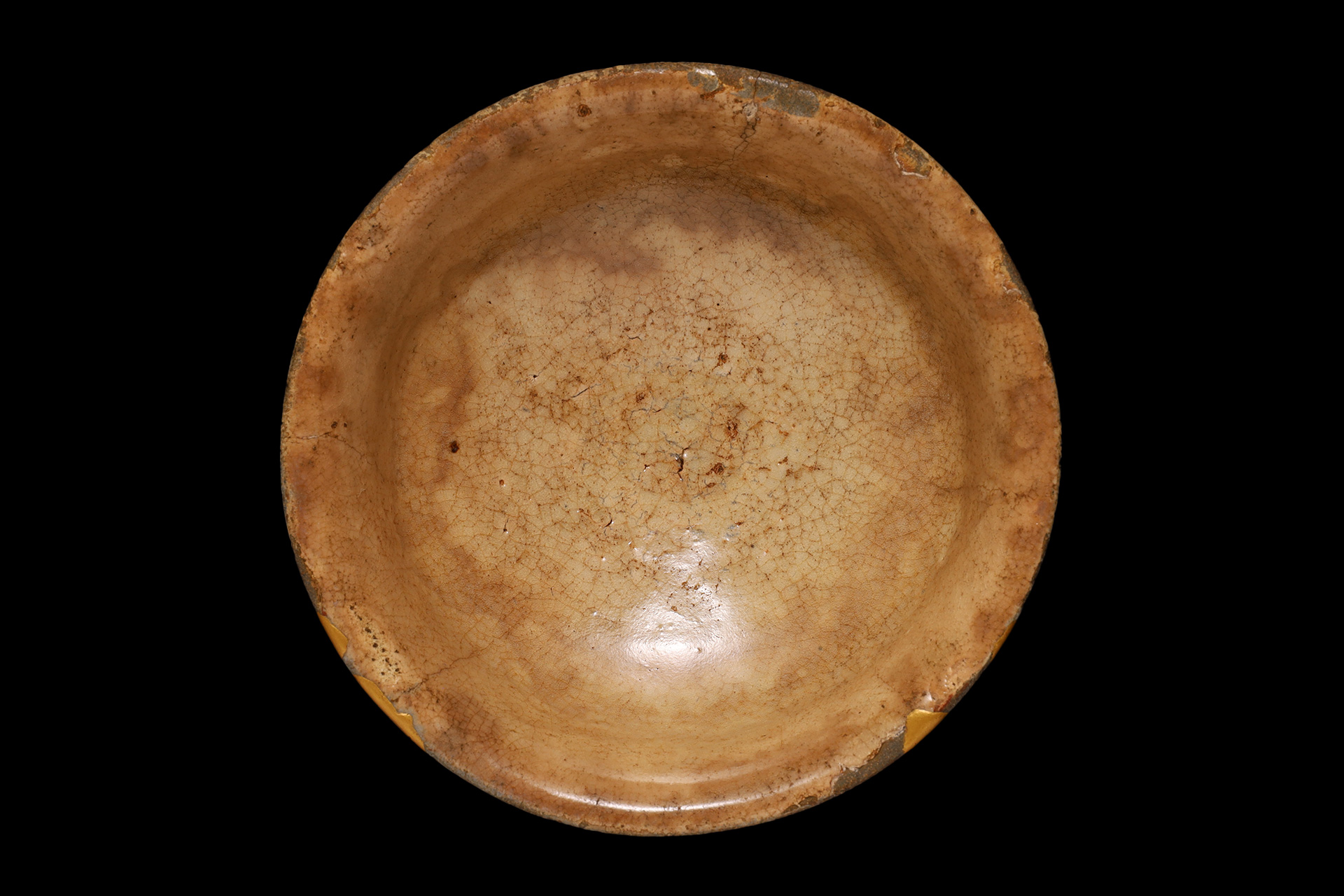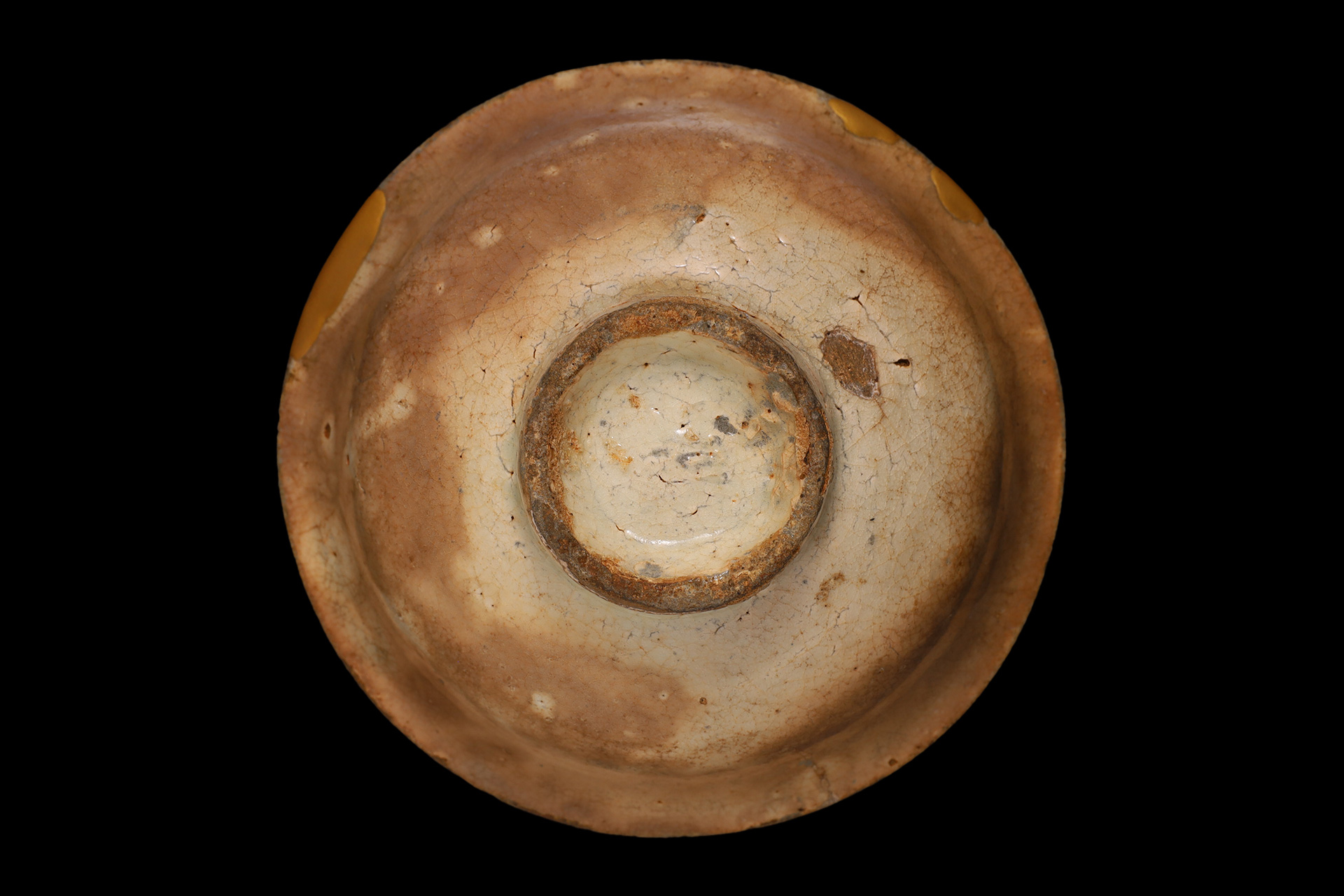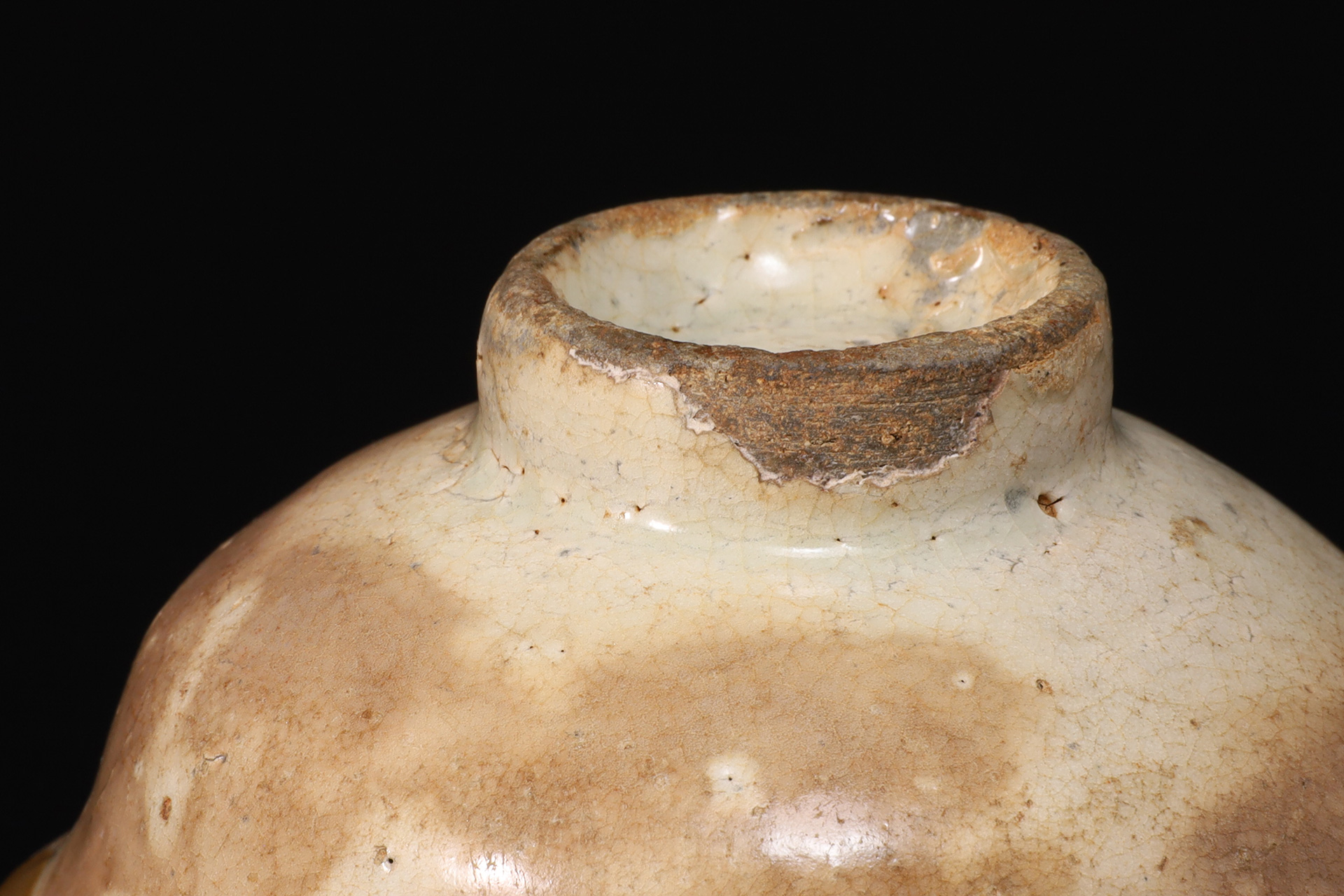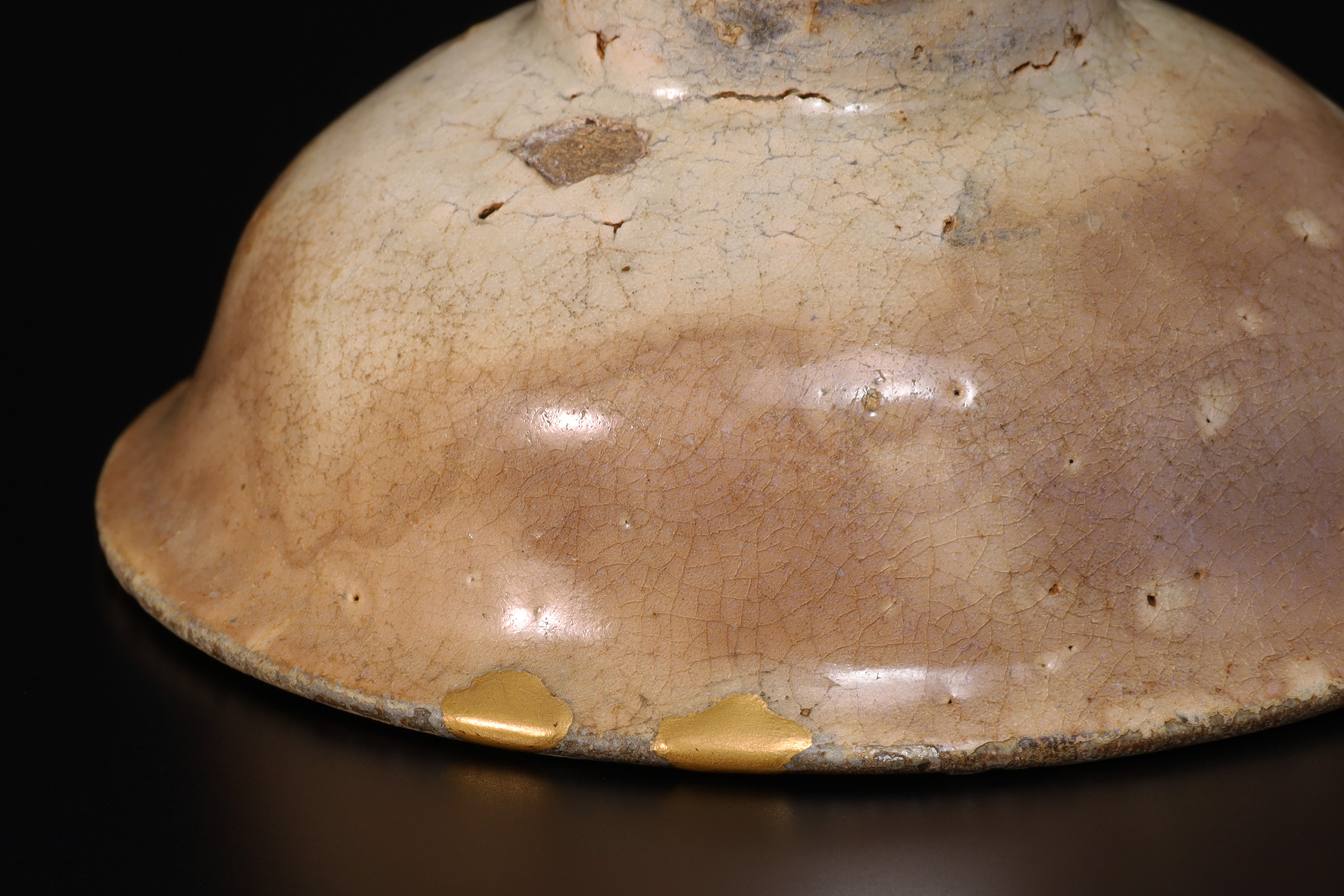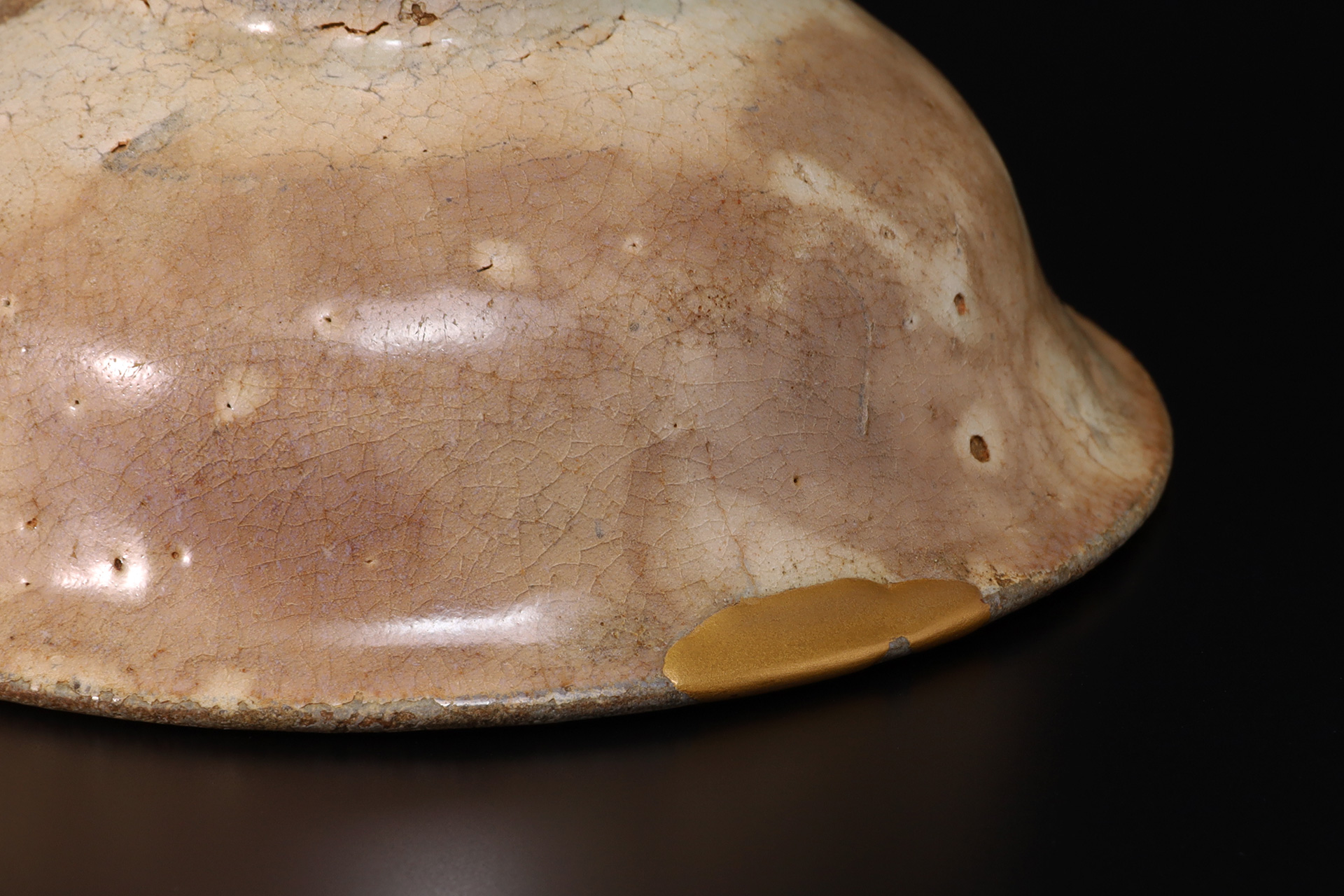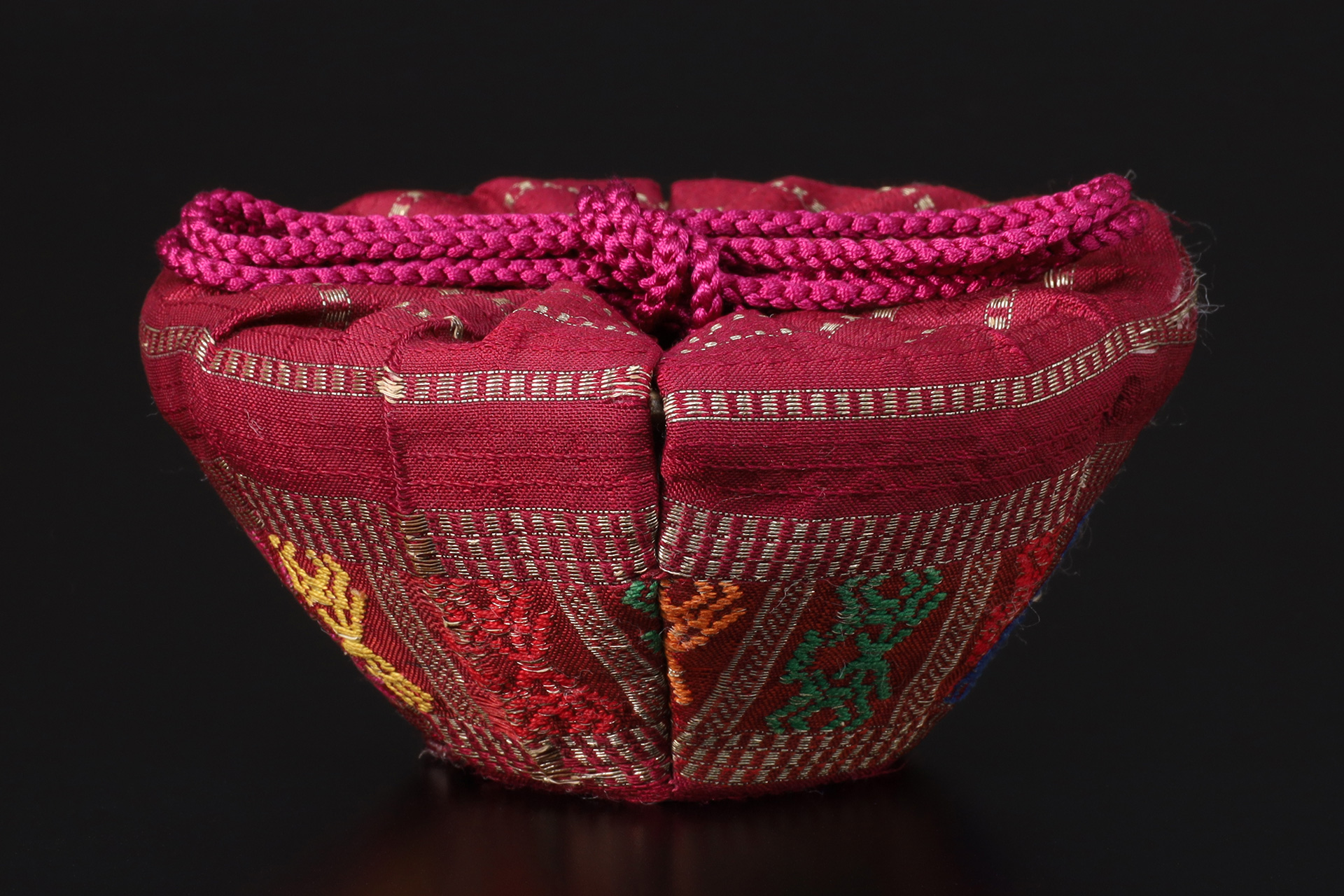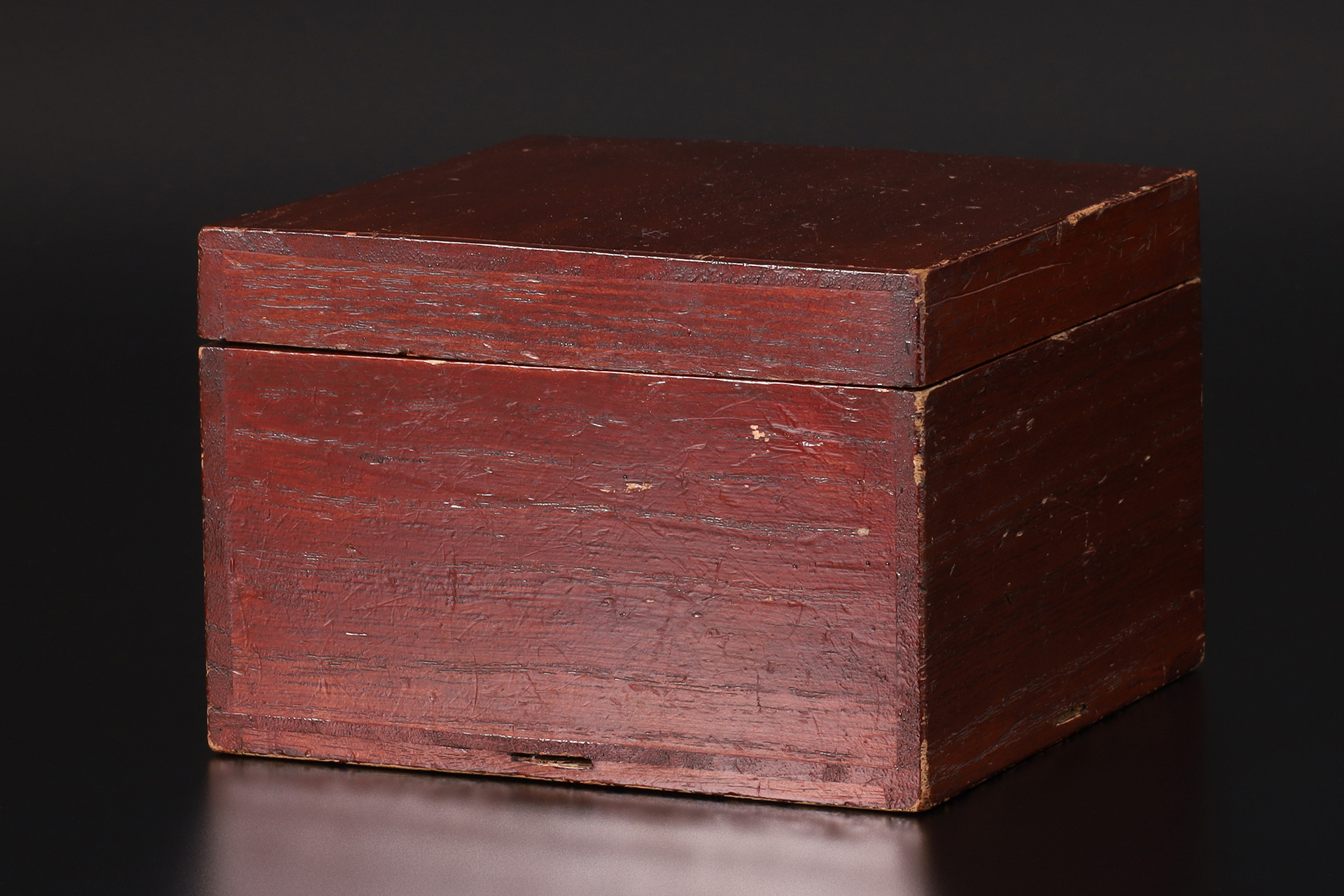This is the excellent kohiki sake cup that exudes elegance and dignity. The soft glaze has hydrophilic properties, and the beautiful shades of raindrops that have developed over many years of use create a unique atmosphere.
Inquiry
- Product Code
- 250722-1
- Period
- Joseon Dynasty
15-16th century
- Weight
- 119g
- Diameter
- 10.4cm
- Height
- 4.7cm
- Bottom Diameter
- 3.9cm
- Description
- Pouch(Shifuku)
Painted Box
- Provenance
- 「Antique Art Verdigris No10」, Maria Bookstore, P76, Published Work
- Condition
- There are three cracks and three gold repairs at the edge
Yi Dynasty
The joseon dynasty was the last unified dynasty of korea, founded by Yi Seong-gye in 1392 on the korean peninsula. The country’s name was adopted in 1393 after Yi Seong-gye requested recognition from the Ming King. The name “Yi Dynasty” has become established in japan and has been used for a long time. As buddhism, which had flourished during the goryeo dynasty, declined and policies to suppress buddhism and revere confucianism were promoted, the spirit of confucianism became deeply ingrained as the code of conduct for people’s lives, and the ideals were to revere purity and innocence and to cultivate a simple, frugal spirit. As confucianism spread, rituals were also held on a grand scale, from the imperial court to the general public, and white porcelain was highly valued for ritual vessels, as “White” was a pure and innocent color that symbolized holiness and simplicity. Decorations such as blue-and-white, iron-glaze, and copper-red-glaze were created based on white porcelain, but under a system that valued frugality, colored paintings were never fired until the end. In 1897, after the sino-japanese war(1894-1895), the country’s name was changed to “Daehan”. After the russo-japanese war(1904-1905), it became a japanese protectorate, and was destroyed with the annexation of korea in 1910. The brothers Noritaka Asakawa and Takumi had a deep understanding of and love for yi dynasty ceramics and demonstrated the power to make them widely known in society. It was Muneyoshi Yanagi who became interested in them under their guidance.
https://tenpyodo.com/en/dictionaries/korea/
Kohiki
Kohiki is a type of korean pottery made by dipping a base with a high iron content in white mud, then covering the entire work with a transparent glaze and firing it. It was fired mainly in the 15-16th centuries. Unlike muji-hakeme, the entire surface, including the base and surrounding area, is covered with white mud, and the soft glaze on the surface gives it the appearance of being powdered, hence the name. The unique stains and spots known as “Amamori” that develop over many years of use are admired in japan, and the “Hima”, where the base color is revealed through the white mud, is one of the highlights. The tea bowl, sake bottle, and sake cup are highly sought after and highly prized. “Miyoshi(owned by Mitsui Memorial Museum)”, “Matsudaira(owned by Ebara Hatakeyama Museum of Art)”, and “Sohaku(owned by Ishikawa Prefectural Museum of Art)” are famous tea bowls.
